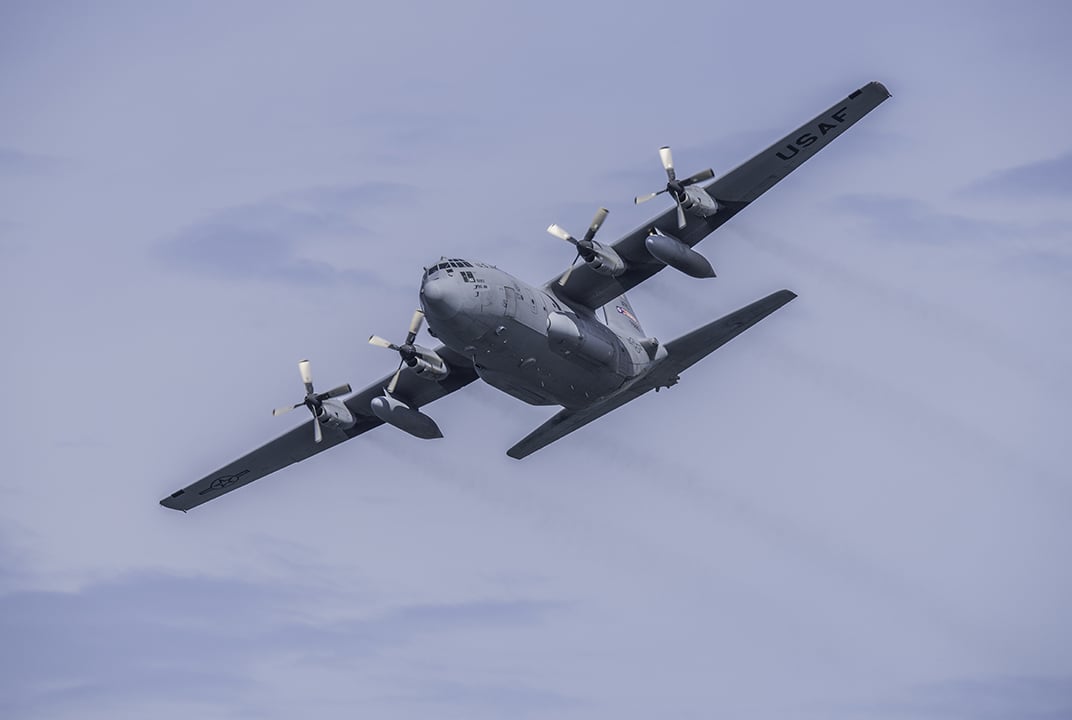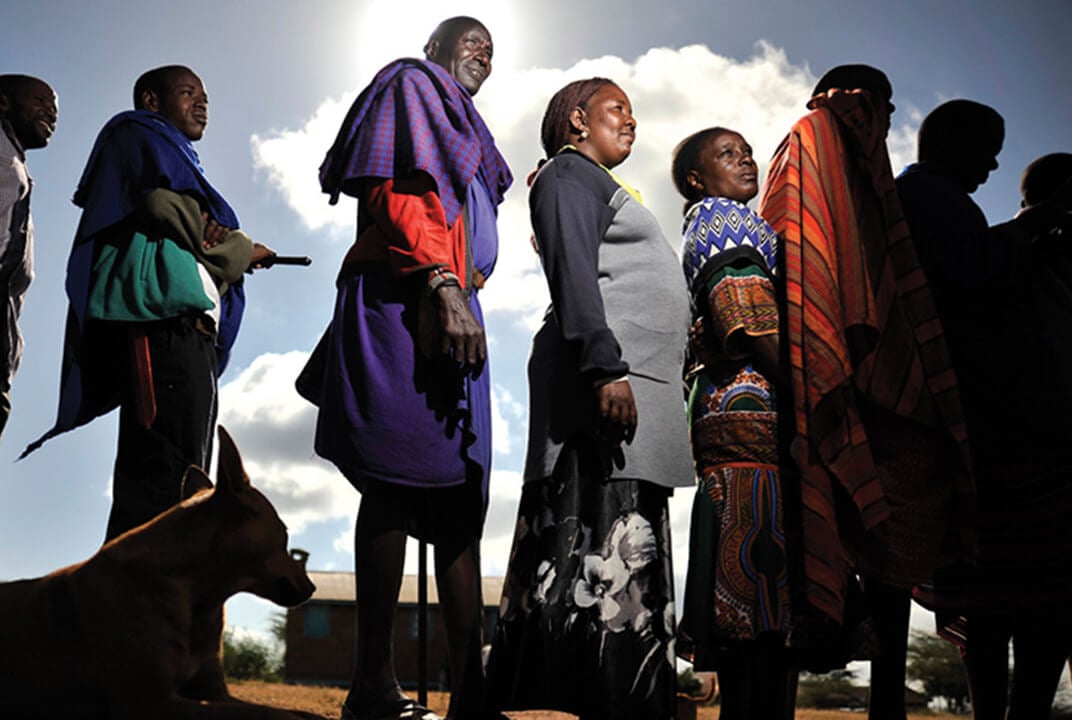Critical ‘first in/last out’ connectivity for first responders
Kai Tang, Inmarsat Vice President, Market Development, U.S. Government, discusses the trusted and reliable services Inmarsat provides to support first responders, in an article for Milsat Magazine.
When a natural or manmade disaster hits, one of the first systems to be knocked out is terrestrial and wireless communications.
Kai recalls a photograph taken following the devastation of Typhoon Haiyan in Southeast Asia, which captured a first responder at work setting up a BGAN terminal, with a cell phone tower literally bent in half next to him. The image demonstrated that, as much as we consider cell phone coverage as ubiquitous, we cannot assume it will “be there” during a disaster.
Critical connectivity
Connectivity is critical for first responders and NGOs to be able to operate immediately and effectively in devastated regions. They depend on Inmarsat’s ‘first in, last out’ proven SATCOM capabilities – instant phone, broadband and wideband services – from the moment a first response team touches the ground up until the emergency and relief workers are the last ones out of the region.
In addition, Kai discusses the capabilities of Global Xpress for universal high-throughput connectivity in a Very Small Aperture Terminal (VSAT) form.
Read the full article to see why our global mobility and ease of installation and use of our BGAN terminals, IsatPhones and now Global Xpress are enabling first responders to spend minimal time installing, troubleshooting and configuring, and all their time on the mission, no matter where in the world.

